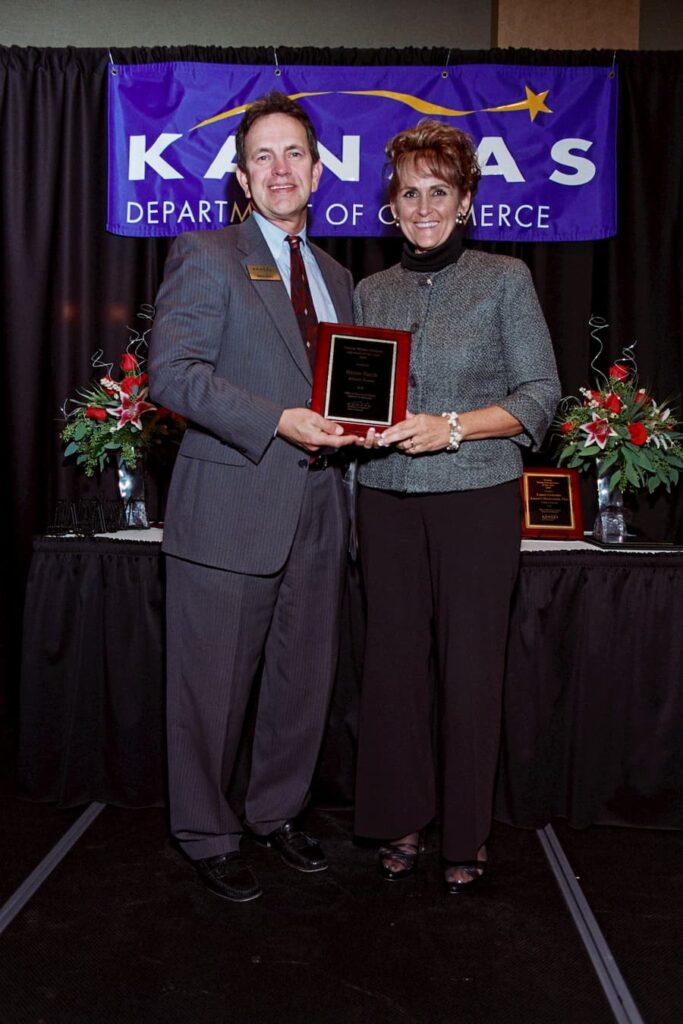The Construction Paper Trail: It is critically important to document the job daily! • Initial contract review • Identification of time…
Continue readingTaking Care of Business: 501C3 Non Profit Financial Issues
Taking Care of Business: 501C3 Non Profit Entity Compliance
Compounding & Veterinary Medical Devices
Is MBE/WBE/DBE Certification Worth the Hassle?
Managing Minors On Your Property
Kids are great. Except when they’re not. Often we find that parents use the stable as their de facto baby sitter. What are your risk exposures and how do you professionally handle them without offending parental clients?
1. Know and Meet Applicable Standards of Care
Client’s children are defined by law as “invitees”; i.e. present on your property, at your invitation, for a business reason. Thus they are legally entitled to the highest duty of care to protect them. This is defined as your duty to identify and anticipate, warn, and protect guests from those exposures.
In most instances, regular premise inspections will identify risk areas to children. This may include stabling arrangements. For instance, if a particular horse is known to be a biter or kicker, stable that horse in a restricted area and place warning signs on its stall. Put stallions in back pastures inaccessible to the public. Mark and block out, repair and eliminate problems such as well covers, hornets nests, erosion areas, or pond access. And always keep your eyes open regarding daily activities of your clients and their children on the property.
2. Understand and Eliminate “Attractive Nuisance”
“Attractive Nuisance” is a unique doctrine specifically applicable to children. Defined as a condition known to attract children, that poses dangers the child may not recognize, the “attractive nuisance” situations typically include hay barns, shaving piles, construction dirt piles or heavy equipment. Irresistible to children, they pose an extremely high risk of injury or death.
The owner bears a significant duty to prevent a child’s access to these sites. An owner will not be liable for injury or death if:
- The child was old enough to recognize the hazard,
- The owner took “reasonable steps” to restrict access to protect the child, and
- The steps taken were reasonable from an exposure “cost/benefit” perspective
Regardless, take extra precautions in these areas. Be sure access is restricted by locks, gates and warning ribbon. Put up warning signs with written and pictorial warnings. If you see children playing in a restricted area, pull them out immediately and explain the danger to them. Follow up with a written warning to the parents of the conduct, remind parents that children must be supervised at all times on the property; and that their failure to do so could result not only in termination of the boarding agreement, but in severe injury or death to the child.
3. Communicate Rules Clearly
Let your clients know from the start that you are NOT a babysitting facility. Explain in your contracts that equine facilities pose unique risks that require children up to age 15 to be adult-supervised at all times, for their own safety. If approached by a disgruntled parent, you can reasonably explain the rules are there to protect the child and prevent injury or death arising from unsupervised activities on the property.
© Denise E. Farris. (July, 2019). This article may not be reprinted or reproduced in any manner without the consent of the author. This article is not intended to be the provision of legal advice. For fact-specific questions, refer to an attorney licensed in your state. Contact: Denise Farris, Farris Legal Services, LLC. [email protected].












